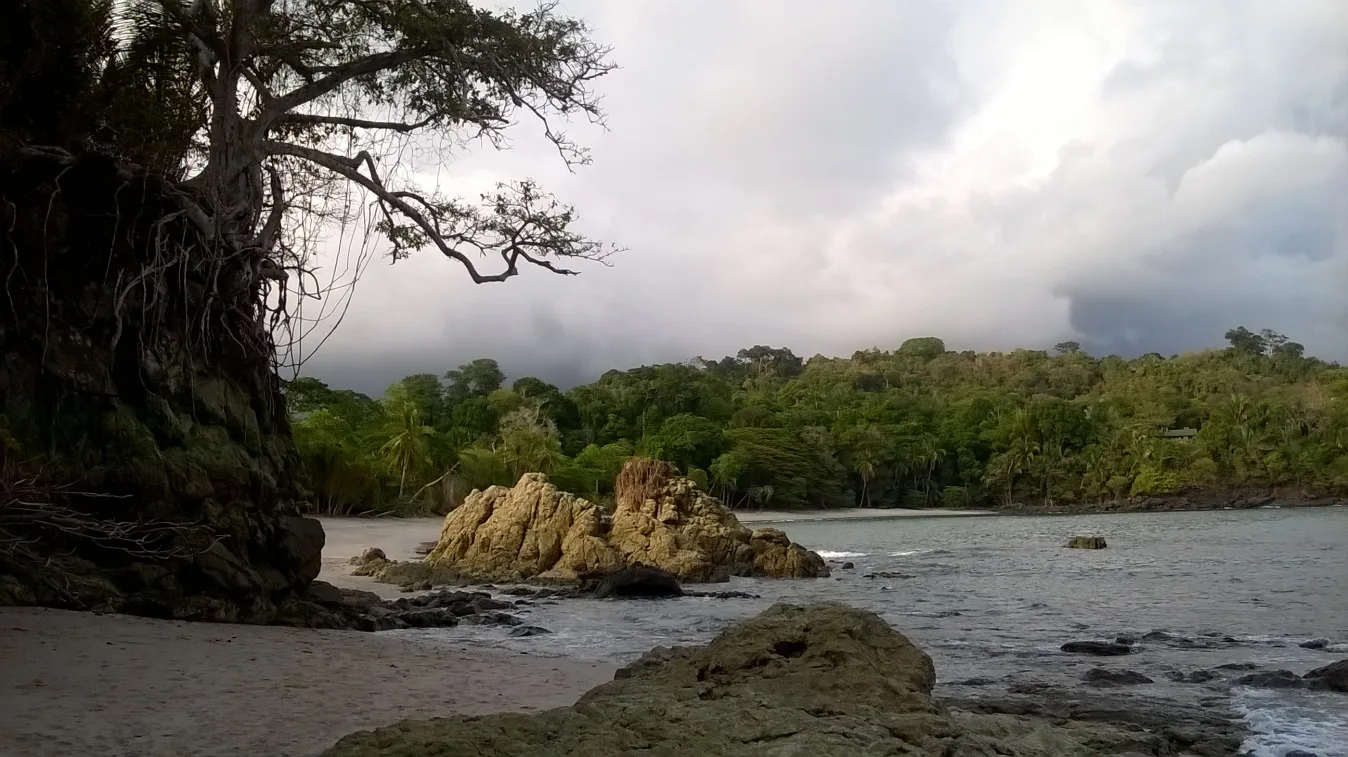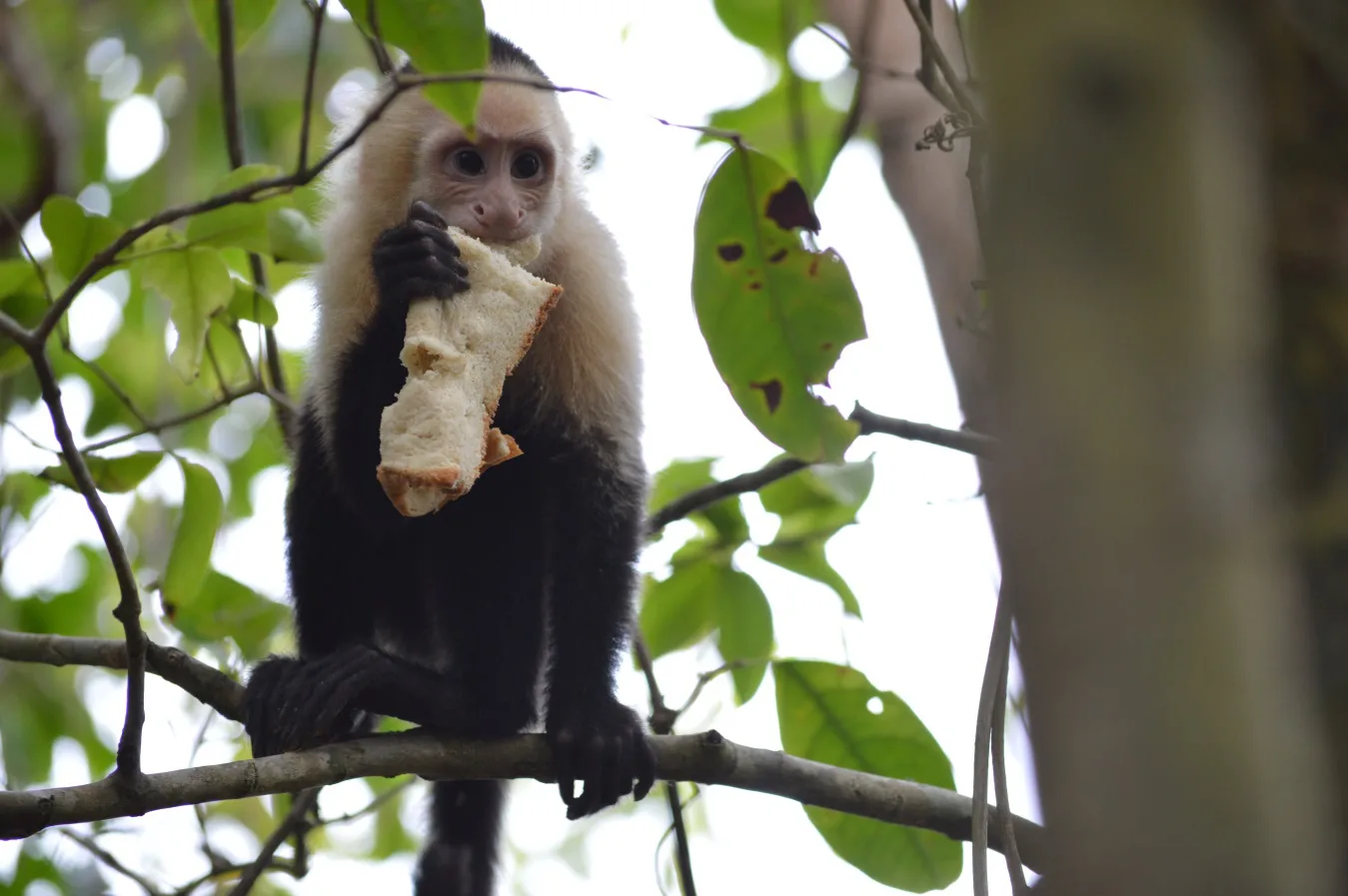Tourism Carrying Capacity – What Does That Mean?
Our Directed Research team has just come back from a stimulating week of field work at Manuel Antonio National Park on the Central Pacific coast. Manuel Antonio is one of the most spectacular sites in Costa Rica, it is easily accessible and the park has just made significant investments into improving its infrastructure. So it is not surprising that it is the most visited protected area in the country, receiving over 400,000 visitors a year. We helped the park administration to assess a tourism carrying capacity which is desperately needed, given that visitation is projected to increase further. We evaluated different indicators that measure negative impacts from visitation, such as crowding, infrastructure damage and changes in animal behavior, in our case the capuchin monkeys which are often illegally fed by visitors or just steal food from unwary visitors on the beach.
How do parks actually arrive at an estimation of numerical capacities? In theory you should establish indicators which are carefully measured and repeatedly monitored, in order to take action if thresholds of acceptable change are exceeded. You can determine limiting factors, such as potable water supply, or bottleneck areas that get crowded, if a certain number of visitors are exceeded. Sounds like solid science. But this type of research costs money and resources, which is often prohibiting for protected areas in developing countries. Parks rely on volunteers or students – like our group – to get essential tasks done. In addition, estimating a carrying capacity is far more than measurements in the field. There is a political dimension, and an economic one, there are powerful interests, as well as a wide array of values and regulations to be considered. Tourists, businesses, conservationists, government officials: everyone has different expectations and opinions on how protected areas should be used. There is pressure from all sides to increase or to lower carrying capacities, usually both at the same time, as soon as they are established. This means you need a participatory process. And you need hard criteria that can be defended in both directions. In the end this is at least as much a philosophical issue as it is a scientific one. In any case it should be kept in mind that conservation of biological diversity has the highest priority in a national park and should, if necessary, constrain other main goals, such as providing opportunities for visitation. This does not mean that carrying capacity is synonymous to a number. There are many other management options that should be fully utilized, but you may get to the point where establishing a number is necessary. Numbers should remain flexible and be adapted to future changes in the park and its environment. This is an ongoing and very exciting process that I hope to keep exploring with Costa Rican national parks and SFS students in the future.

Manuel Antonio Beach

Capuchin monkey are ‘trained’ at obtaining food from visitors. Photo by Gretchen Schulz.
Related Posts


Alumni Reflections: Stories of the Return to Kenya
